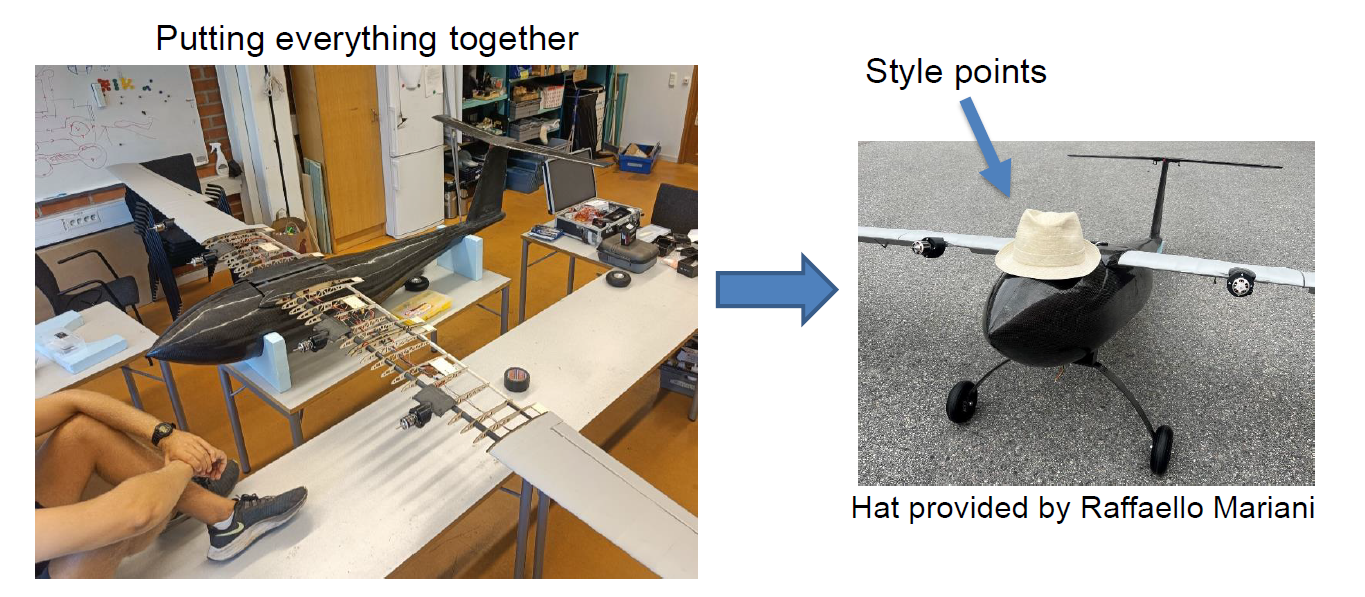Design of a HALE UAV for atmospheric imaging
Published in International Council of the Aeronautical Sciences (ICAS), 2022
PDF Website Pictures BibtexRecommended citation:
Nan Fernandez-Ayala V., Vimlati L., Matoses Gimenez A., Delmotte H., Ivchenko M. and Mariani R., "Design of a HALE UAV for atmospheric imaging", International Council of the Aeronautical Sciences (ICAS), 2022.
Abstract
Optical phenomena in the upper atmosphere, such as northern lights, airglow, noctilucent clouds and thunderstorm-related transient luminous phenomena reveal the complex processes coupling different layers of the atmosphere and the near earth space. Bad weather and lighting conditions, as well as geographical constraints, limit the possibilities of ground based imaging. Therefore, an autonomous high altitude long endurance (HALE) fixed-wing unmanned aerial vehicle (UAV ) is proposed for atmospheric imaging, as a joint student-driven research project between the Aeronautics and Vehicle Engineering- and the Space and Plasma Physics departments at KTH Royal Institute of Technology. The Autonomous Light Platform for High Altitude atmospheric imaging (ALPHA) is specifically designed for operations in the environmentally harsh conditions found in Arctic night time.
This paper presents the conceptual design phase of the aircraft, as well as the initial manufacturing and flight testing methodology of a half-scale prototype.
Media
Some pictures of the ALPHA UAV first prototype.

BibTex
@inproceedings{ALPHA_design_2022,
address = {Stockholm},
title = {Design of a {HALE} {UAV} for {Atmospheric} Imaging},
url = {https://www.icas.org/ICAS_ARCHIVE/ICAS2022/data/papers/ICAS2022_0447_paper.pdf},
author = {Nan Fernandez-Ayala, Victor and Vimláti, László and Matoses Gimenez, Andreu
and Delmotte, Helena and Ivchenko, Mykola and Mariani, Raffaello},
month = sep,
year = {2022},
}
